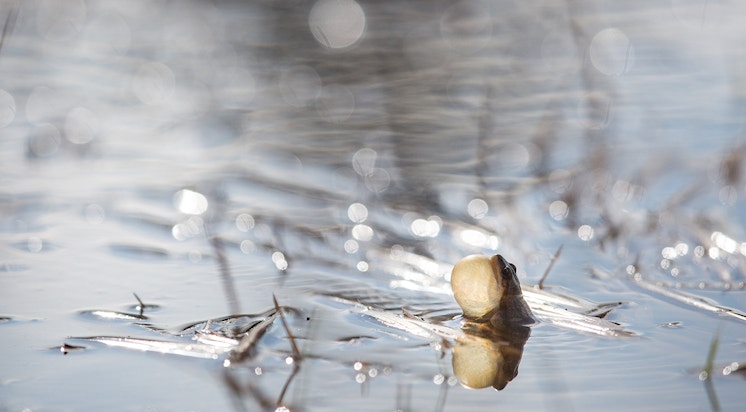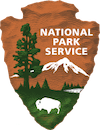Our work with Yellowstone National Park
Our Research
Our journey to Yellowstone
Millions of years ago, in the acidic hot springs at what is today Yellowstone National Park, a remarkable microbe evolved. Fast forward to 2009 when one of our founding members, Mark Kozubal, was a Ph.D. student researching extreme life at the park with support from NASA and the National Science Foundation. Under a research permit, he took samples without negatively impacting the area and later discovered and identified this remarkable microbe called Fusarium strain flavolapis.

Cultivating the microbe using our breakthrough fermentation technology, we grow our complete protein, Fy™. Due to the microbe’s natural resourcefulness, we can make all the Fy we need, and thanks to a benefits-sharing agreement with YNP, we have the right to use Fusarium strain flavolapis to create our innovative products.

Our research supporting the park
At Nature’s Fynd and The Fynder Group, the parent company of Nature’s Fynd, we’re passionate about protecting our natural resources and supporting natural environments that aid the park in its mission to better detect, track, monitor, and manage invasive diseases to foster healthy and thriving wildlife populations in this vital ecosystem.
As part of our benefits-sharing agreement, we provide critical research resources by:
- Building tools to track and monitor pathogens that specifically target mammals and aquatic species.
- Developing databases to monitor changes in the genetic diversity of pathogens across the landscape and over time.
The Greater Yellowstone Ecosystem (GYE) is one of the largest nearly-intact ecosystems in the lower 48 states and one of the last in the northern temperate zones, with the largest concentration of wildlife in the U.S. outside of Alaska. The GYE is approximately 18 million acres encompassing portions of northwestern Wyoming, southwestern Montana, and eastern Idaho including all of Yellowstone National Park. Disease within GYE wildlife populations is a growing concern as disease organisms are increasingly shared between wildlife, humans, and domestic animals. Bison and elk are known to have a long history of brucellosis infection, but other wildlife diseases have recently been detected including chronic wasting disease in deer and elk, whirling disease in trout, chytridiomycosis in amphibians, and distemper and mange in wolves. Disease management in free-ranging wildlife is challenging, but our scientists are using cutting-edge technology to work alongside YNP in preventing long-term negative impacts on the ecosystem.
Yellowstone Pledge
As part of our commitment to supporting and protecting the park, we’ve taken the Yellowstone Pledge:
“I pledge to protect Yellowstone National Park. I will act responsibly and safely, set a good example for others, and share my love of the park and all the things that make it special.”
